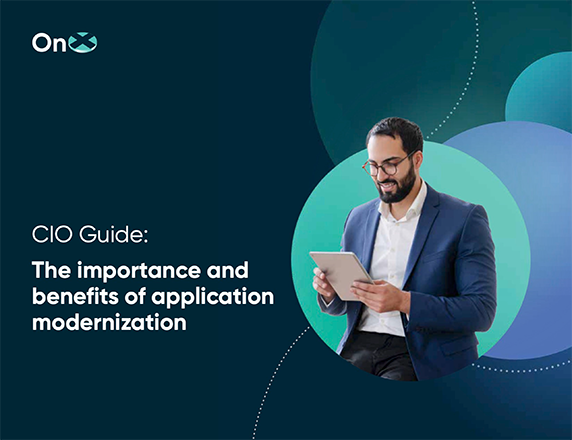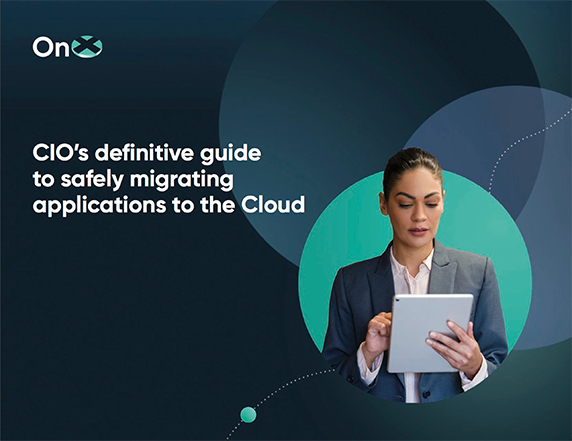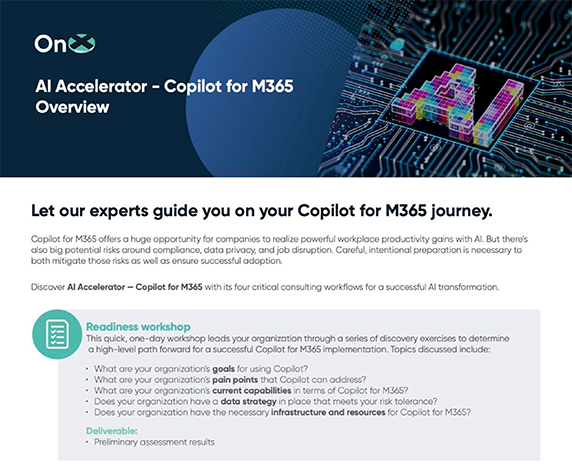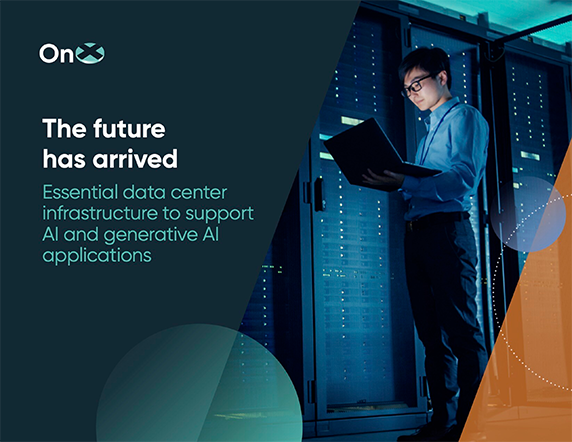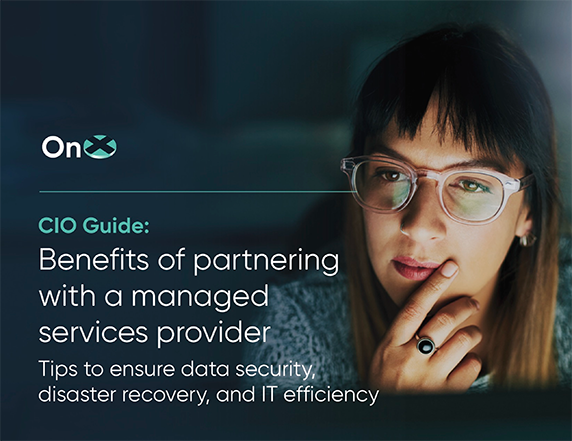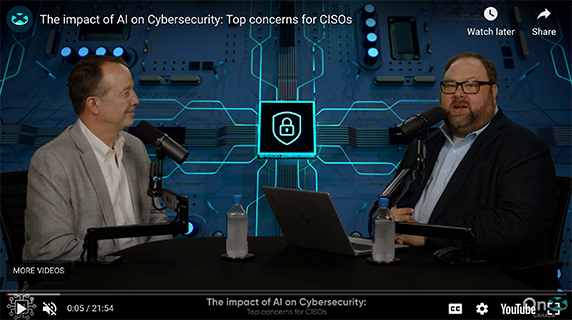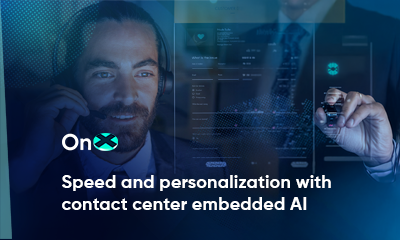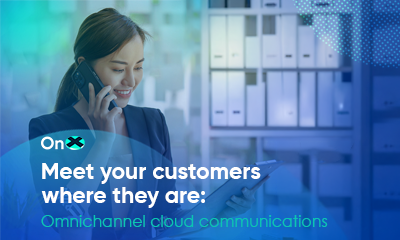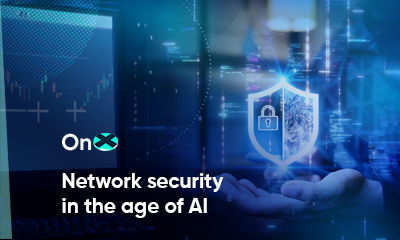
Overseeing sophisticated infrastructures and systems is an everyday occurrence for corporate IT staff. According to this HPE white paper, over 90% of organizations rely on a hybrid cloud strategy in one configuration or another. To some extent, enterprise hybrid cloud deployment came about by chance. As corporate IT teams found it challenging to integrate diverse tools, they would create a mix of public and private cloud infrastructures to complement on-site hardware with Software as a Service (SaaS) solutions.
However, the rise of generative AI (GenAI) in the last few years has caused more businesses to turn to hybrid cloud solutions in order to meet AI’s immense data demands, strengthen on-site and off-site security practices, and gain greater insight and agency over the complete IT environment. Public clouds are now renowned for their security levels—whereas, in the past, they were considered vulnerable.
Deploying new technology in corporate businesses always comes with pros and cons, and AI is no different. AI-enabled apps often operate as part of a multi-cloud environment, leading to heightened security risks. There is also greater awareness around compliance because public generative pre-trained transformers (GPT) are unsecured, making confidential information like financial data and company-owned intellectual property open to attack. AI is assisting businesses with cloud optimization by leveraging public cloud assets on-demand and creating greater cost efficiency.
This article will examine the current uses of public cloud technology as part of the multi-cloud infrastructure and how to best secure such an environment.
The demand for enterprise hybrid cloud solutions
Even before AI came onto the scene, enterprise technology was a complicated landscape. Nevertheless, pre-existing challenges with compartmentalized data have been aggravated by generative AI workflows, which have obscured the transparency of various tools. The path to AI maturation for most businesses begins with preliminary exploration before gradually moving on to customizing large language models (LLMs). Public cloud technology is often out of the budgetary scope for a bespoke AI system. Likewise, an on-premises data center also requires significant investment. So, the logical alternative is to create a combined private and public cloud infrastructure incorporating SaaS and private data centers.
However, securing an enterprise hybrid cloud is a separate concern. Multi-faceted cloud infrastructure typically integrates a multitude of systems, vendors, and technologies spanning a cross-section of time periods. Overlooking a small vulnerability is a simple mistake, but cybercriminals are seeking out those tiny weaknesses. According to Check Point Research, cyber assaults rose 30% in 2024. Cybercriminals are no longer as focused on malware as hands-on attacks or interactive intrusions. In these situations, cyber hackers imitate normal user conduct to obtain entrance or misappropriate a team member’s login information. Interactive intrusions increased to 55% in 2024.
Learn more: The logic driving IT modernization with multi-cloud architecture
The advantages of hybrid clouds
The enterprise hybrid cloud model allows organizations to take advantage of the affordable computing resources and scalability available with a public cloud and the secure environment that private clouds provide to restricted data.
- Improved ROI: Migrating to a hybrid cloud environment enables organizations to reduce major capital expenditures by utilizing public Clouds for arduous AI workflows.
- Maximizing resource efficiency: Businesses can use niche technology solutions such as tensor processing units (TPUs) and graphic processing units (GPUs) with the option to pay on demand in public clouds. This gives the organization a means to affordably try a variety of AI solutions that don’t require a significant expense at the onset.
- More effective data administration: Hybrid clouds offer security for proprietary and personal data via the private cloud, as well as providing scalability and data analytics for more general data via the public cloud.
- A consolidated data approach: Hybrid clouds allow data to be integrated into a single, unified location even if it was previously stored on-site or in a cloud. This streamlines the process of managing data, enabling AI-focused staff to innovate.
- Innovate for the future: Hybrid clouds offer instant access to extensive computer power, thereby cultivating more and faster innovation so organizations can accelerate the creation and commercialization of AI-enabled goods and services.
Security for the enterprise hybrid cloud
The journey to enterprise hybrid cloud migration requires an effective strategy, as does implementing a strong security program for hybrid clouds. But remember that implementing and maintaining a powerful security strategy requires continuous effort because it is not possible to have too much security. Read on to learn how your dedicated security experts and overall business can execute a security strategy to protect your hybrid cloud environment.
Take initiative.
Industry-leading businesses design powerful, secure programs by creating appropriate procedures and providing staff with ongoing education instead of reacting after a situation occurs. Most attacks happen not because of tech issues, but rather due to errors by staff members or insufficient processes. Research shows that 75-95% of data breaches result from human mistakes.
Don’t compartmentalize knowledge centers.
Cybersecurity management is often assigned to one select department or maybe a designated team of security experts. However, there is often a lack of interaction between the security unit and other divisions within the organization. To strengthen security measures, all divisions of the organization must share information and work together, even IT specialists and company leadership.
Make security an immediate priority.
Cybersecurity should never be a postscript to the implementation strategy. Installing security measures too late in the game can prove both problematic and expensive. Designing and implementing a system of safeguards should be fundamental to the planning process. To reduce potential interruptions to the planning and installation processes and diminish potential risks, make sure project developers partner with cybersecurity experts from the get-go.
Develop a defense-in-depth strategy.
Hybrid cloud environments require a multi-layered approach to security tools and procedures for both public and private clouds. Regulatory standards necessitate particular care be taken with proprietary and personal information. This type of data must be secured on-site or on a private cloud. Public clouds, too, are secured, albeit by the cloud vendor. But the client investing in cloud service ultimately decides upon and creates a defense solution that comprehensively protects all facets of their hybrid cloud.
Automated tools and procedures diminish the possibility of individual mistakes.
Businesses need to make the transition to dynamic tools that implement security procedure automation, minimizing human oversight and improving cybersecurity readiness. A preventative security initiative requires AI and automation.
Select an appropriate support team.
Overseeing an enterprise hybrid cloud solution and tracking potential security risks can be challenging. Partnering with a managed service provider like OnX gives you access to expertise and best-in-class technology vendors so that you can develop and secure a hybrid cloud environment.
Also read: AI technology amplifies IT efficiency and customer experience
Developing secure hybrid cloud infrastructures with OnX
Developments in AI create both new possibilities and potential new issues for organizations adopting the technology. Leadership can improve their outlook by partnering with a cloud provider that offers services such as private, public, multi-, and hybrid clouds. New security risks continue to advance, so businesses must understand that existing security models for hybrid clouds may prove inadequate in the face of evolving cyber threats. As cyber attackers are now taking advantage of AI processes like those used for defensive strategies, getting in front of possible weaknesses is essential.
OnX offers advanced IT solutions to digitally shift organizations and provides guidance throughout the process. The IT experts at OnX focus on customized solutions that allow enterprises to create hybrid cloud infrastructure and reach their AI goals.

